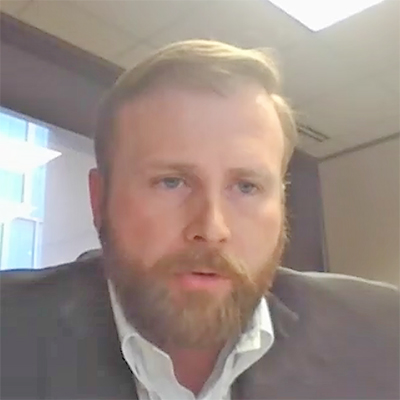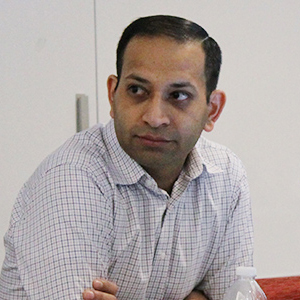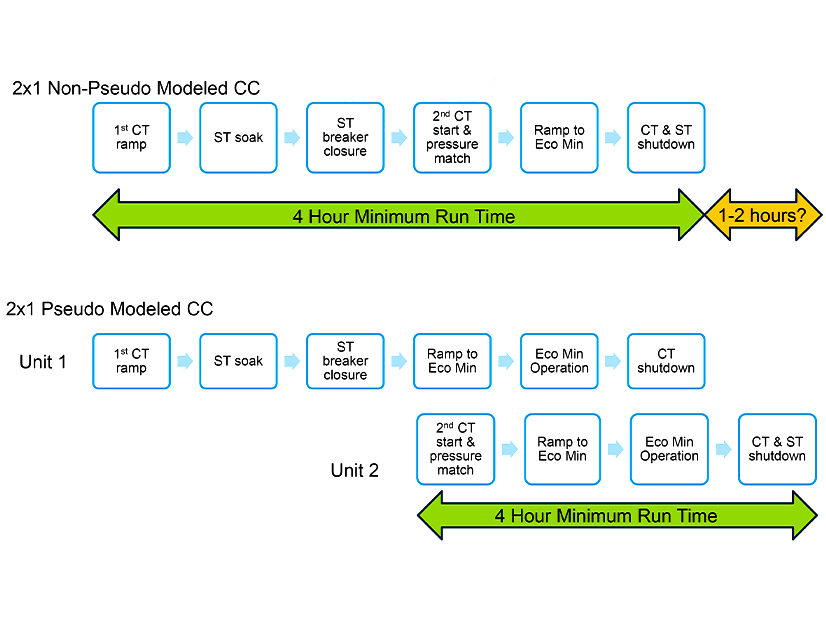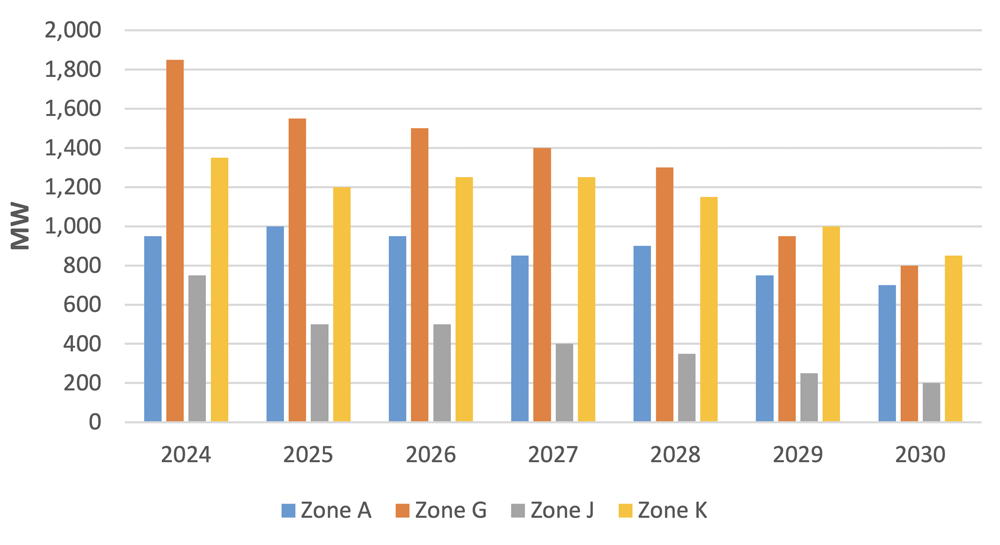The D.C. Circuit Court of Appeals on Friday sided with FERC over Cogentrix Energy Power Management and Vistra (NYSE:VST) on a 2020 order that authorized compensation to New England generators and transmission operators for compliance with NERC reliability standards.
FERC’s order approved ISO-NE adding a Schedule 17 to its tariff, permitting owners of assets that are critical to the derivation of interconnection reliability operating limits (IROLs) to seek compensation for the costs of complying with NERC’s Critical Infrastructure Protection (CIP) standards (ER20-739). (See FERC OKs Payment Rules for IROL Facilities.) ISO-NE identified 27 generation units at 15 plant locations and one merchant transmission facility that were IROL-critical facilities.
Under the commission’s ruling, facility owners could seek cost recovery as of March 6, 2020; however, FERC ruled that utilities could only recover costs incurred on or after the effective date of their rate filings under Section 205 of the Federal Power Act. A group of utilities, including Cogentrix and Vistra, objected to this cutoff, saying they had already spent “several million dollars” on meeting the CIP requirements and should be allowed to collect all historic costs.
The commission rejected the utilities’ rehearing request, clarifying that while “IROL-critical facility owners may seek recovery of the undepreciated costs of … past capital expenditures to comply with the IROL-CIP requirements,” it cited its rules against retroactive ratemaking. It also said that the companies had not shown that their inability to recover historic CIP compliance costs in the ISO-NE markets would interfere “with their opportunity to earn a reasonable return in the future.” Following the rejection, Cogentrix and Vistra appealed to the D.C. Circuit.
Court Sides with FERC on All Counts
In its ruling, the court agreed with FERC that Schedule 17 “does not address whether costs incurred before the effective date of the critical facility’s [Section] 205 filing can be recovered.” Writing for the court, Senior Circuit Judge A. Raymond Randolph pointed out that Schedule 17 expressly limits recovery for a particular facility only to costs found in the Section 205 filing for that facility; while this does not forbid recovery of prior costs, it does not permit such recovery as the plaintiffs claimed.
Cogentrix and Vistra also argued that FPA Section 219 requires the commission to “allow recovery of … all prudently incurred costs” of complying with NERC standards, with no reference to the time those costs were sustained. FERC responded that Section 219 cost recovery must be consistent with Section 205, including its “prohibition against retroactive rate recovery.”
The utilities countered that the rule against retroactive ratemaking is not explicitly stated in Section 205, but the court shot this argument down as well, pointing out that the Supreme Court has “recognized repeatedly that the filed-rate doctrine and the rule against retroactive ratemaking play an important role in helping the commission fulfill its statutory responsibility.”
“The commission could not ensure that rates are just and reasonable if the rates are not on file with the commission for a period of time before the rates go into effect,” Randolph wrote. “FPA [Section] 219 … therefore incorporates the filed-rate doctrine and the rule against retroactive ratemaking.”
Cogentrix and Vistra’s final argument claimed that FERC could not apply its rule against retroactive ratemaking “because there was no rate on file for medium-impact [cyber asset] reliability costs prior to Schedule 17.” The court responded that cost recovery for prior CIP compliance investments amounted to changing their rates “for a service that has already been rendered” and therefore was a retroactive action.
While FERC typically uses “historical costs to set current rates,” the court said that the utilities were not seeking to estimate future costs based on historical ones. Instead, they were looking to use new rates to recover costs “going back to 2014.” This is forbidden by the FPA because it amounts to utilities charging more to make up for previous under-collection, it said.
“Cogentrix and Vistra received transmission rates under the ISO New England tariff during the relevant period,” the court said. “That the companies failed to recover mandatory reliability costs does not allow an exception to the rule against retroactive ratemaking.”



